All About Liquid Transport
published December 10, 2019, 1:48 AM There is nobody set of rules or routines that will certainly prepare us for whatever we may run into on the roadway, yet developing good habits will maintain us prepared for 99% of the troubles the roadway hasFOUND OUT MORE posted November 25, 2019, 7:47 PM.
Mass fluid transportation especially when it entails unsafe chemicals carries more risk than various other sorts of transportation. Have an accident with a trailer filled with groceries and you shed two pallets of Cheerios. In comparison, a vessel truck crash can trigger the closure of a multimillion-dollar assembly line since an important raw material has actually cleaned over three lanes of Interstate 80.
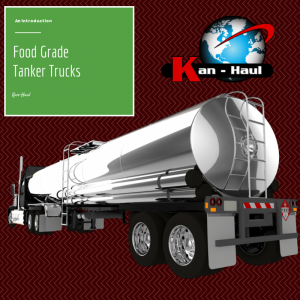
As well as, in this article, we'll examine the first part of that eBook: the tools used in fluid mass delivery. The typical fluid mass trailer holds 6,000-7,000 gallons, while some carriers provide "limited fill" containers that hold just approximately 5,000 gallons. The advantage of a smaller sized container is that you make certain that the liquid won't obtain agitated in transit, decreasing the chance of creating foam.
It might consist of a solitary area or be divided right into two-to-four compartments for hauling different products simultaneously. There are additionally unique food-grade trailers for products such as fruit juice, veggie oil and also food ingredients. At the top of the storage tank is a dome, which is open at the time of loading.
The 4-Minute Rule for Bulk Liquid
Most shielded trailers feature heavy steam coils to protect cold-sensitive fluids. When the trailer is parked, these coils can be affixed to a source of vapor, which then distributes via the coils to maintain the temperature level of the product. Some vehicles also have piping that attracts antifreeze from the tractor's radiator and also circulates it around the trailer, warming the item while the vehicle is on the road.
It is not created to make an item warmer than it currently is. So, before you request in-transit warm, talk to your bulk liquid carrier or broker to make certain this is exactly what you need for your particular product. Sometimes, the antifreeze circulating via the in-transit warm system might be significantly cooler than the product you're shipping.
Wholesale fluid transport, the vital measurement is volume not weight. So, when you ship your item, you'll need to tell your carrier or broker the amount of gallons you're delivering. That's the only way to figure out whether you require one vehicle, or 2, or a lot more. Weight does issue, nonetheless, when it concerns following federal policies.
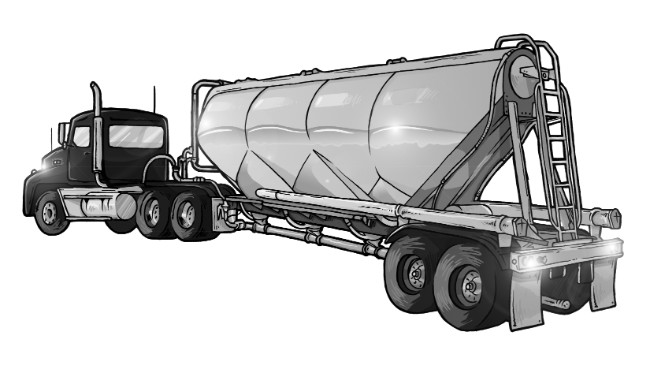
on one truck if you intend to stay within the Division of Transportation's 80,000-lb. limitation on gross vehicle weight - Liquid Transport. Also, remember the DOT's maximum weights on single and also tandem axles. You may be made use of to the concept that you can relocate item around inside a trailer to rebalance the weight throughout the axles.
The Best Strategy To Use For Liquid Transport
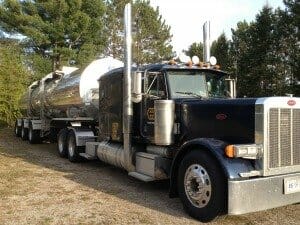
Liquid seeks its own degree. Air compressors or pumps are utilized to fill and also dump bulk fluids. An air compressor which impacts compressed air via a hose pipe is typically the preferred technique as it's extra practical as well as makes much less of a mess. The drawback to a pump is that the fluid go through it.
It likewise suggests you can't make use of a pump for harsh liquids, which will certainly eat with the steel as well as ultimately spoil it. An air compressor can not, nevertheless, be used to transport combustible liquids. It generates fixed electrical power, which can create a stimulate. A pump will certainly after that be utilized for those flammable products, along with other fluids that merely flow even more conveniently when pumped than when pressed by air.

The air compressor will certainly blow the liquid towards the pump, which after that relocates the item right into the hose pipe. Before you begin trying to find equipment to relocate a liquid mass shipment, recognize the solution to these questions your provider or broker will ask. Or work with a knowledgeable mass freight broker.
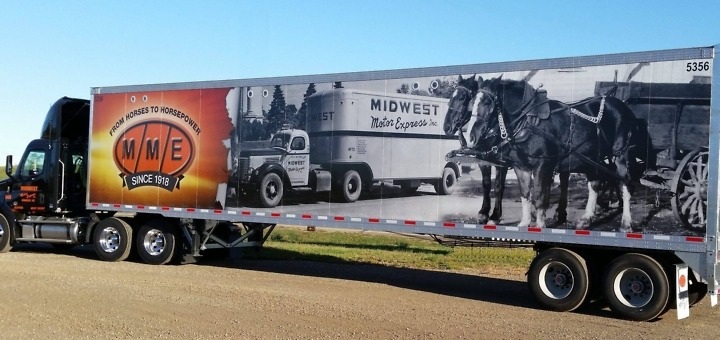
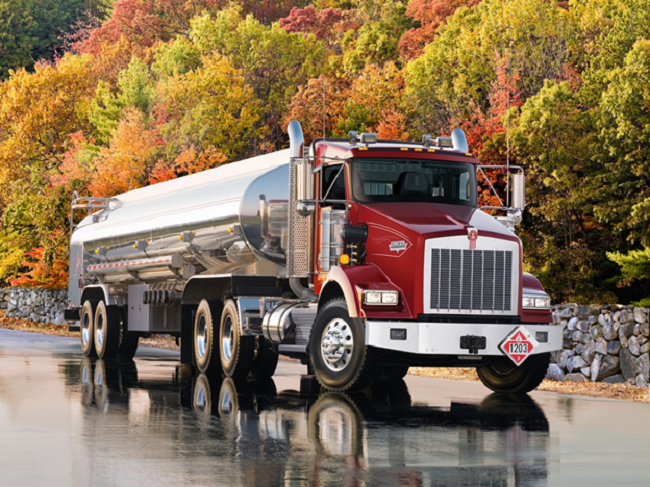
As well as, when you're prepared to obtain your very own fluid bulk products on the relocation, contact Mass Connection to consult with a professional that's been transporting bulk fluids for over thirty years. Liquid Trucking.
The Ultimate Guide To Bulk Liquid
States along with Mexico as well as copyright, hauling stainless steel vessels having fluid food quality products. Head office located in Burley, ID.
Be the initial to see brand-new Fluid Vessel Vehicle driver jobs in Houston, TX By producing a job alert, you accept our Terms. You can transform your approval settings any time by unsubscribing or as described in our terms.
Burning cars and truck wrecks of a van and a container vehicle translucented the windscreen in Southern Nigeria, 1970 - 1973. A tank truck, gas truck, fuel vehicle, or tanker truck (United States usage) or vessel (United Kingdom use), is a automobile created to carry dissolved tons or gases on roads.
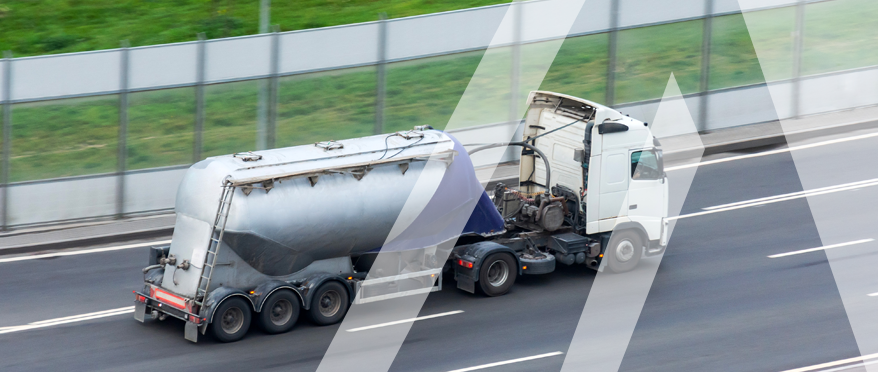
Many variations exist due to the wide array of liquids that can be transferred. Tank trucks have a tendency to be huge; they may be shielded or non-insulated; pressurized or non-pressurized; and also designed for single or numerous tons (usually using interior departments in their container). Some are semi-trailer trucks. They are hard to drive because of their high center of mass. Bulk Liquid.
The Single Strategy To Use For Liquid Trucking
From the 1880s it was distributed in equine attracted containers. In 1910 Requirement Oil started to make use of electric motor tankers. Anglo American Oil presented underground storage tanks and distribution vessels to the UK in 1920. Pickfords took control of an oil vessel business in 1921 as well as quickly had 1,000 imperial gallons (4,500 l; 1,200 US gal) vessels, with 3,600 rascal girl (16,000 l; 4,300 United States girl) by the mid 1930s.
For instance, the very first petroleum tanker (200 brat girl (910 l; 240 US girl)) from Auckland to get here in Hamilton, New Zealand, was greeted by a brass band in 1927. Storage tank vehicles are defined by their dimension or volume ability. Big trucks commonly have capabilities ranging from 5,500 to 11,600 United States gallons (20,800 to 43,900 L; 4,580 to 9,660 rascal girl).
click reference browse around this site advice